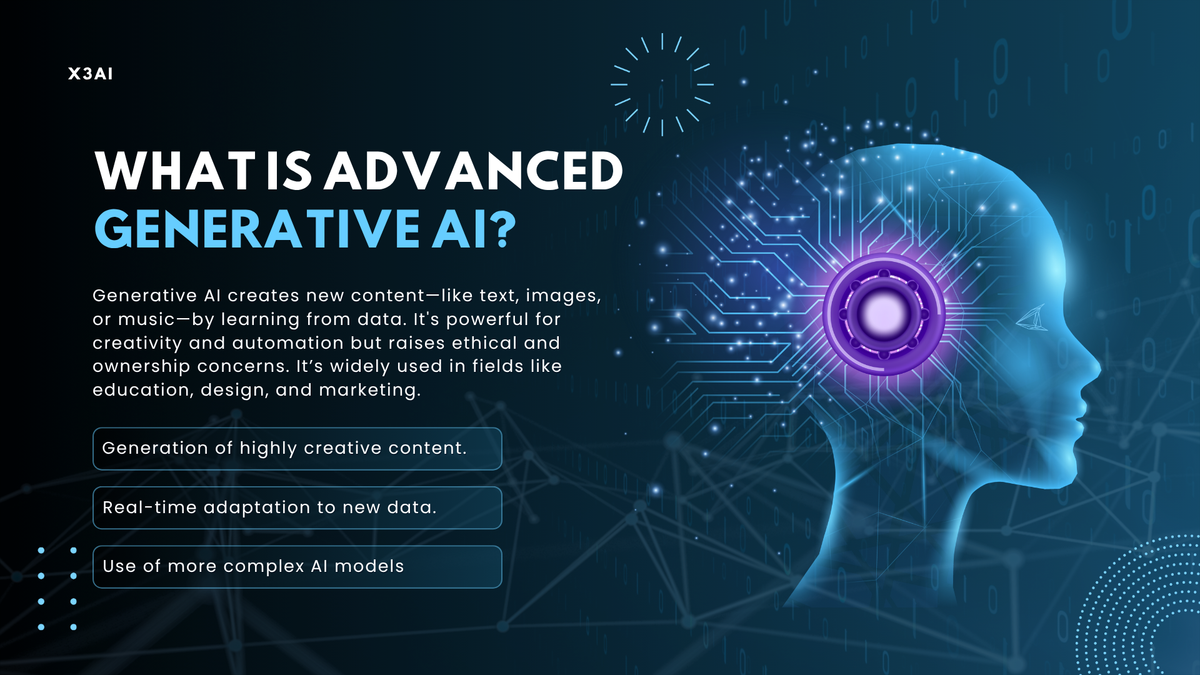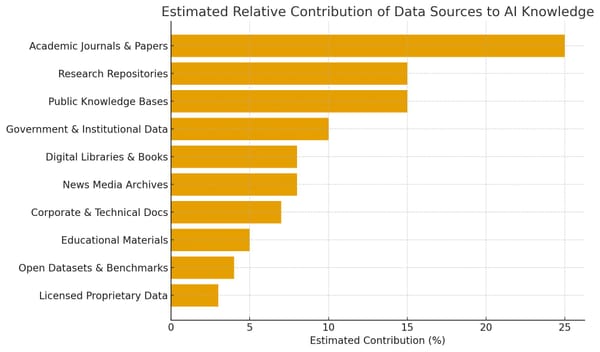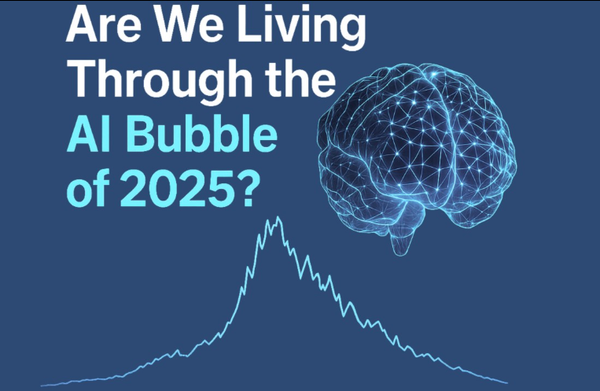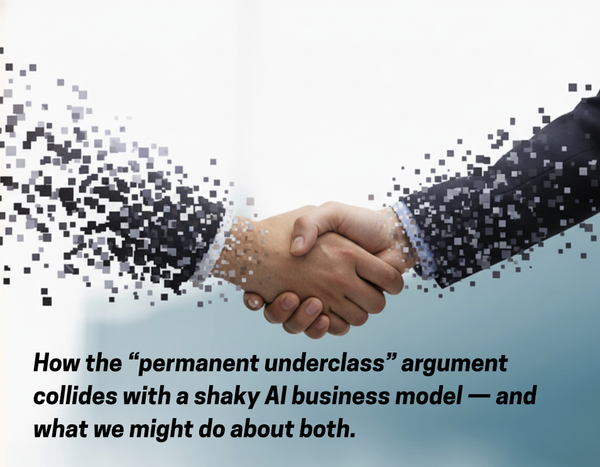Generative AI: The Creative Engine Powering the Future

Generative AI is not just a technological advancement—it’s a paradigm shift. Once confined to data analysis and automation, artificial intelligence has evolved into a powerful creative force capable of generating text, images, music, code, and even video. As industries race to embrace this new frontier, generative AI is redefining how we create, innovate, and interact with technology.
What Is Generative AI?
Generative AI refers to algorithms that can produce new content by learning patterns and structures from existing data. Unlike traditional AI, which focuses on recognizing patterns or making predictions, generative AI creates original outputs—ranging from realistic images to coherent essays—based on the data it has been trained on.
At its core are generative models, including:
- Generative Adversarial Networks (GANs): Used in image generation and style transfer.
- Variational Autoencoders (VAEs): Great for unsupervised learning tasks.
- Transformers (e.g., GPT, DALL·E, Sora): Driving breakthroughs in text, image, and video generation.
Key Applications of Generative AI
1. Content Creation
Generative AI tools are revolutionizing how content is produced. Writers, marketers, and creatives use AI to brainstorm ideas, write articles, craft social media posts, or generate ad copy. Video creators use platforms like Sora to generate realistic footage from text prompts.
Use Cases:
- Blog and copywriting automation
- AI-generated artwork and illustrations
- Scriptwriting and short film production
2. Design and Creativity
Designers use AI to instantly create logos, website layouts, and product mockups. Tools like DALL·E and Midjourneygenerate highly detailed images based on simple prompts, speeding up the creative process.
Use Cases:
- Fashion and product design
- Architectural visualization
- Graphic design prototyping
3. Software Development
AI models like GitHub Copilot and ChatGPT assist developers by auto-generating code, fixing bugs, and translating between programming languages. Generative AI reduces the time spent on repetitive tasks, allowing developers to focus on solving complex problems.
Use Cases:
- Code autocompletion and documentation
- Low-code/no-code development
- AI-generated unit tests
4. Education and Tutoring
Generative AI can tailor lessons to individual learning styles, generate quizzes, and explain complex topics in multiple ways. It serves as a personalized tutor accessible at any time.
Use Cases:
- AI-generated course content
- Personalized learning assistants
- Automated feedback and grading
5. Healthcare and Life Sciences
In healthcare, generative AI is used to simulate molecular structures, assist in drug discovery, and synthesize medical data for research and diagnostics. AI can even generate synthetic patient data for training medical models—without privacy concerns.
Use Cases:
- Drug formulation and simulation
- Synthetic medical records
- AI-generated medical imaging reports
Benefits of Generative AI
- Speed & Efficiency: Content and solutions are generated in seconds.
- Cost Reduction: Reduces the need for expensive resources or manual effort.
- Scalability: Produces large volumes of content or code quickly.
- Creativity Boost: Inspires new ideas and directions that may not have been considered.
Challenges and Ethical Considerations
Despite its promise, generative AI also raises serious concerns:
- Misinformation and Deepfakes: Realistic fake content can spread false information or impersonate individuals.
- Bias and Fairness: AI may replicate biases found in its training data.
- Intellectual Property: Who owns AI-generated content—users, platforms, or the model itself?
Addressing these issues requires transparency, ethical guidelines, and policy innovation.
The Road Ahead
Generative AI is still in its early stages, but its impact is already profound. As models become more advanced, we’ll see even more lifelike simulations, immersive virtual environments, and real-time collaboration between humans and machines. The future will not just be automated—it will be co-created with AI.
Conclusion
Generative AI is not replacing creativity—it’s augmenting it. By automating the repetitive and inspiring the imaginative, it allows humans to push boundaries and explore new frontiers. Whether you're a developer, artist, educator, or entrepreneur, generative AI offers tools that can elevate your work and reshape your industry.



